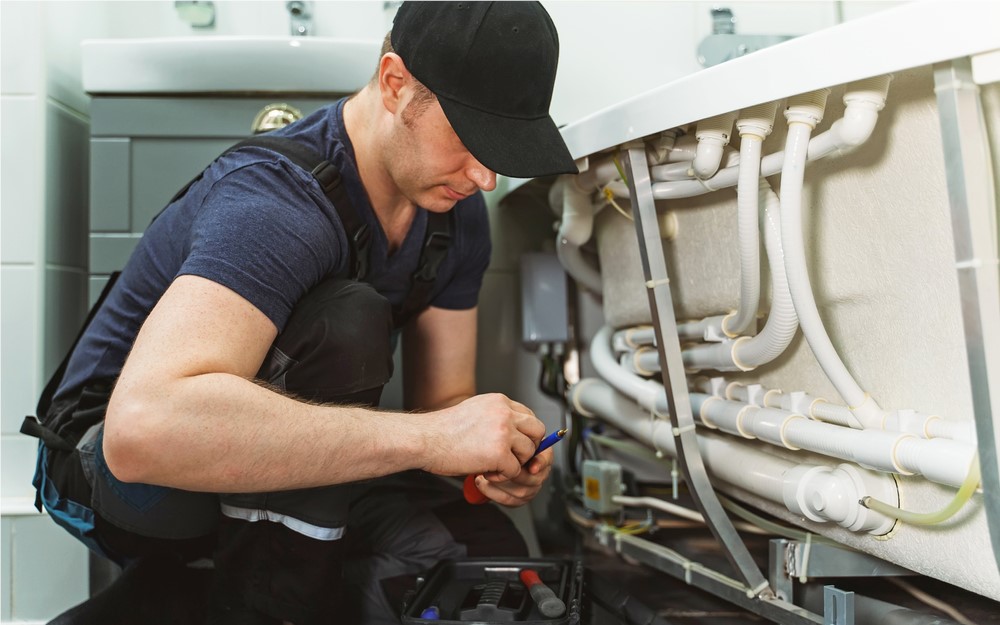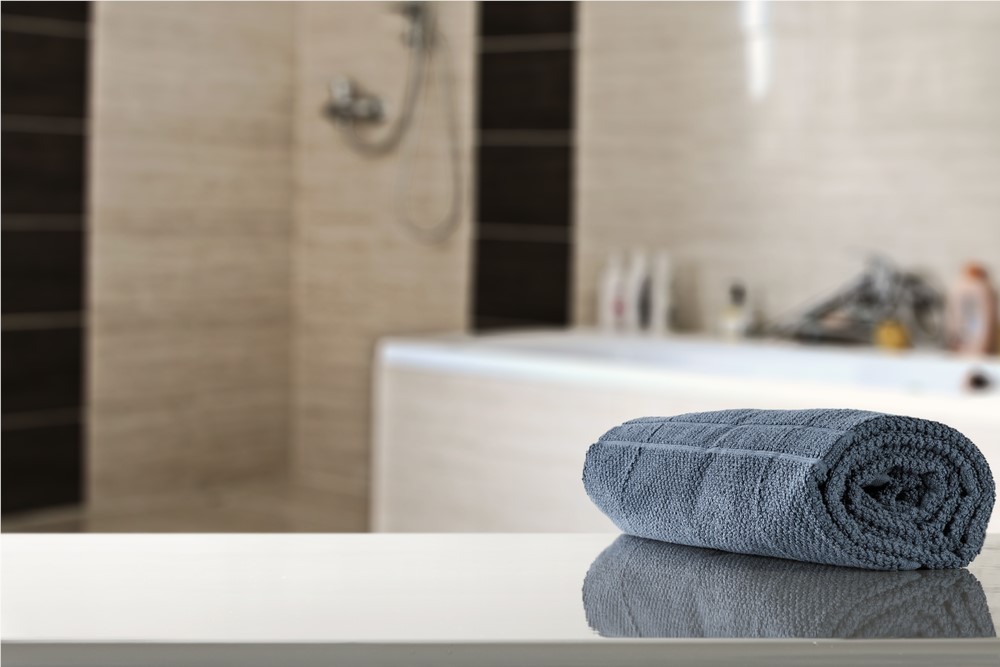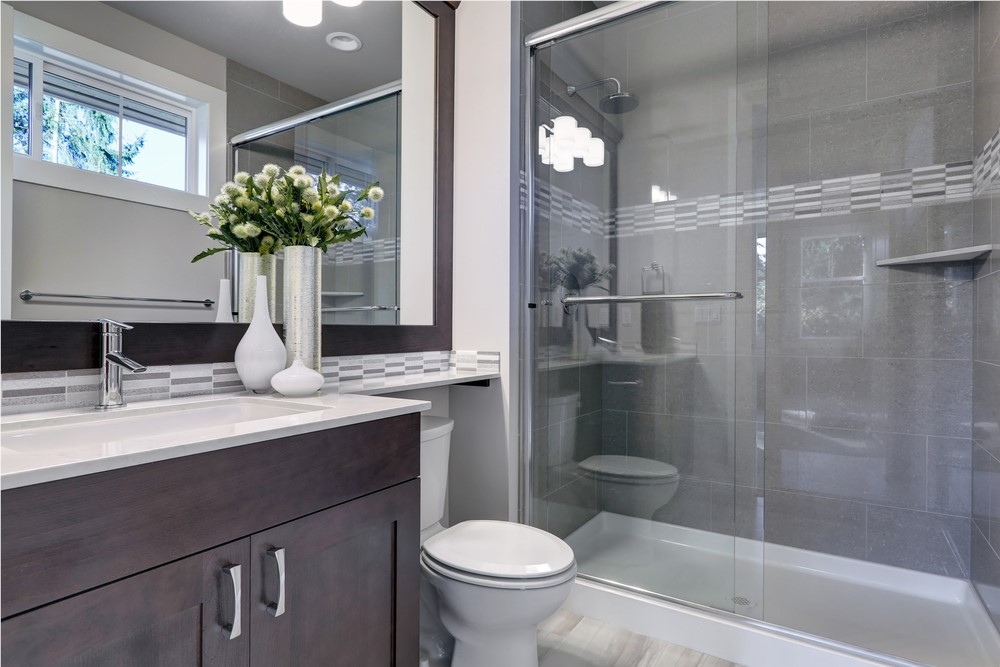 Many people don’t realize it, but shower heads should actually be replaced every 6 to 8 months. That’s up to two times each year! Most people neglect to do this, of course, but the reasons for keeping up with the replacements are more important than you might expect.
Many people don’t realize it, but shower heads should actually be replaced every 6 to 8 months. That’s up to two times each year! Most people neglect to do this, of course, but the reasons for keeping up with the replacements are more important than you might expect. Some people are more proactive about cleaning and maintaining their shower heads. If this is the case, they may not need to replace their shower heads as frequently. The following three points are reasons to both clean and replace your shower head. As a general rule of thumb: if you can’t keep it clean or it’s too severe to clean up, toss it.
- Sediment buildup This is bound to happen, as it comes from the chemical additives that are put in your tap water to keep it safe and healthy to drink. Calcium is the most prominent cause of shower head buildups. Some cleaning solutions or vinegar mixtures can help to clean it off, but if it’s past the 6-month mark then it is probably a better idea to simply replace the showerhead. People often don’t notice any build up until it is severe enough to significantly change the water pressure. Take a closer look at your shower head every month or so, making sure that this build up is kept to a minimum.
- Bacteria Bacteria thrives in places all over your bathroom, and can easily live in the shower head. The most effective way of eliminating these bacteria is to remove the current shower head and put a brand new one in.
- Black Mold This can be identified from the appearance of many little black spots all across the shower head. It will take much more effort to get rid of it. If it looks too severe, it is best to simply replace If your current shower head is made of plastic, try a metal one this time. Metal shower heads don’t attract black mold as easily.If you’re determined not to replace your shower head if you can help it, here’s a step-by-step way of killing off harmful black mold: - Remove the shower head and submerge it completely in hydrogen peroxide. - Let it soak for one full hour. - After an hour, take out the shower head, rinse it off using warm water, and then dry it completely. - Put the shower head back on. - In order to make sure the entire shower head has been completely rinsed off, run a hot shower (without actually showering in it) for about 6 minutes.
Subscribe to Genie Bath Systems's Blog







Comments